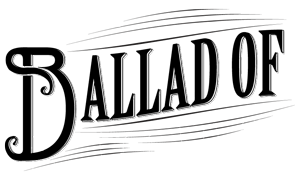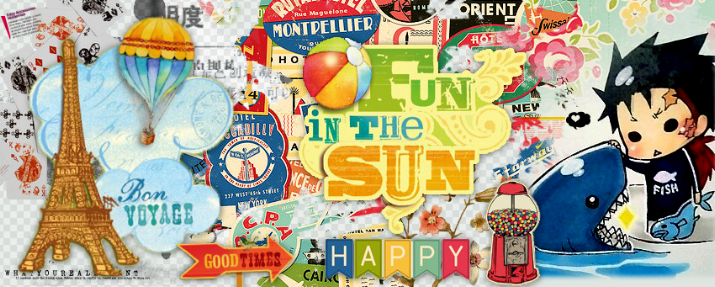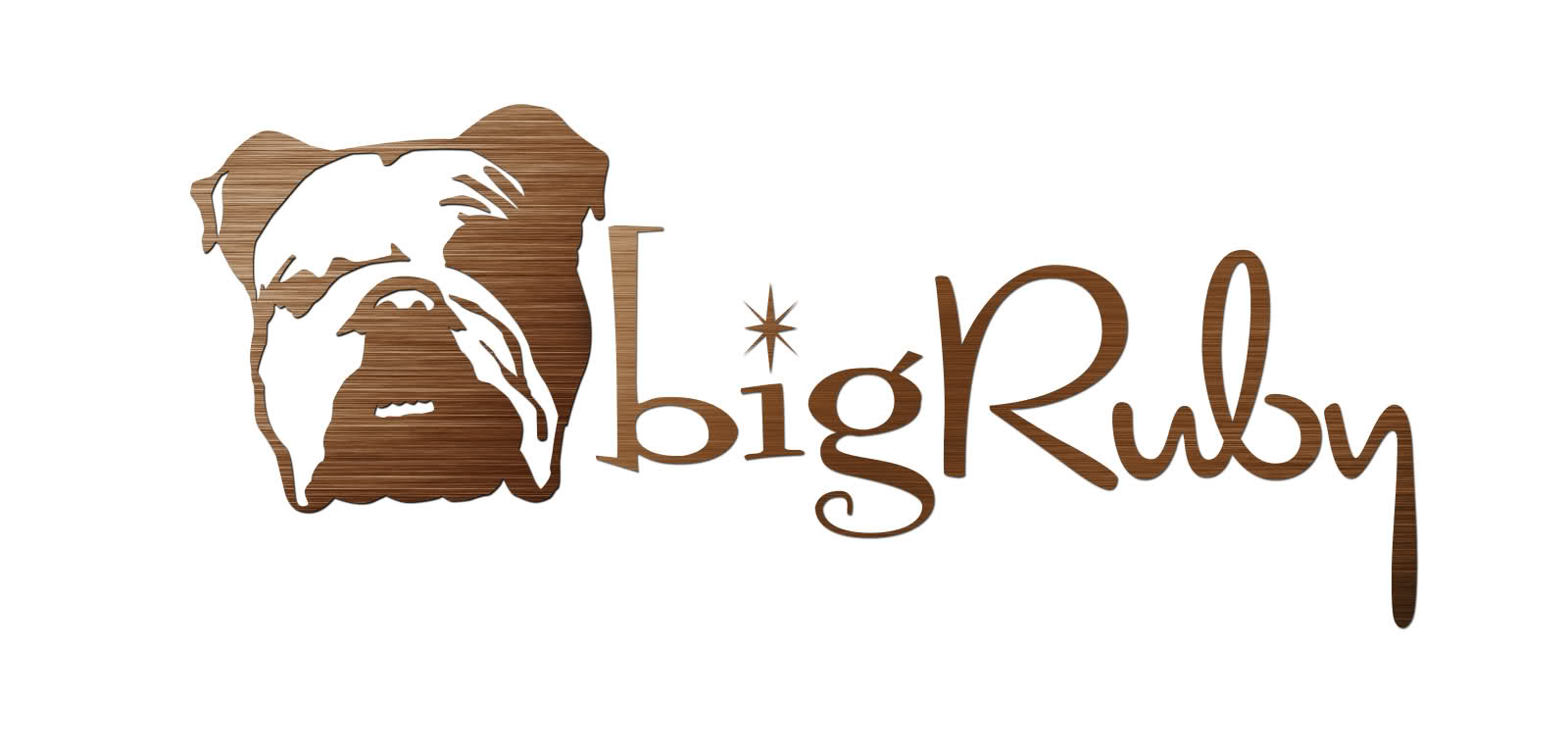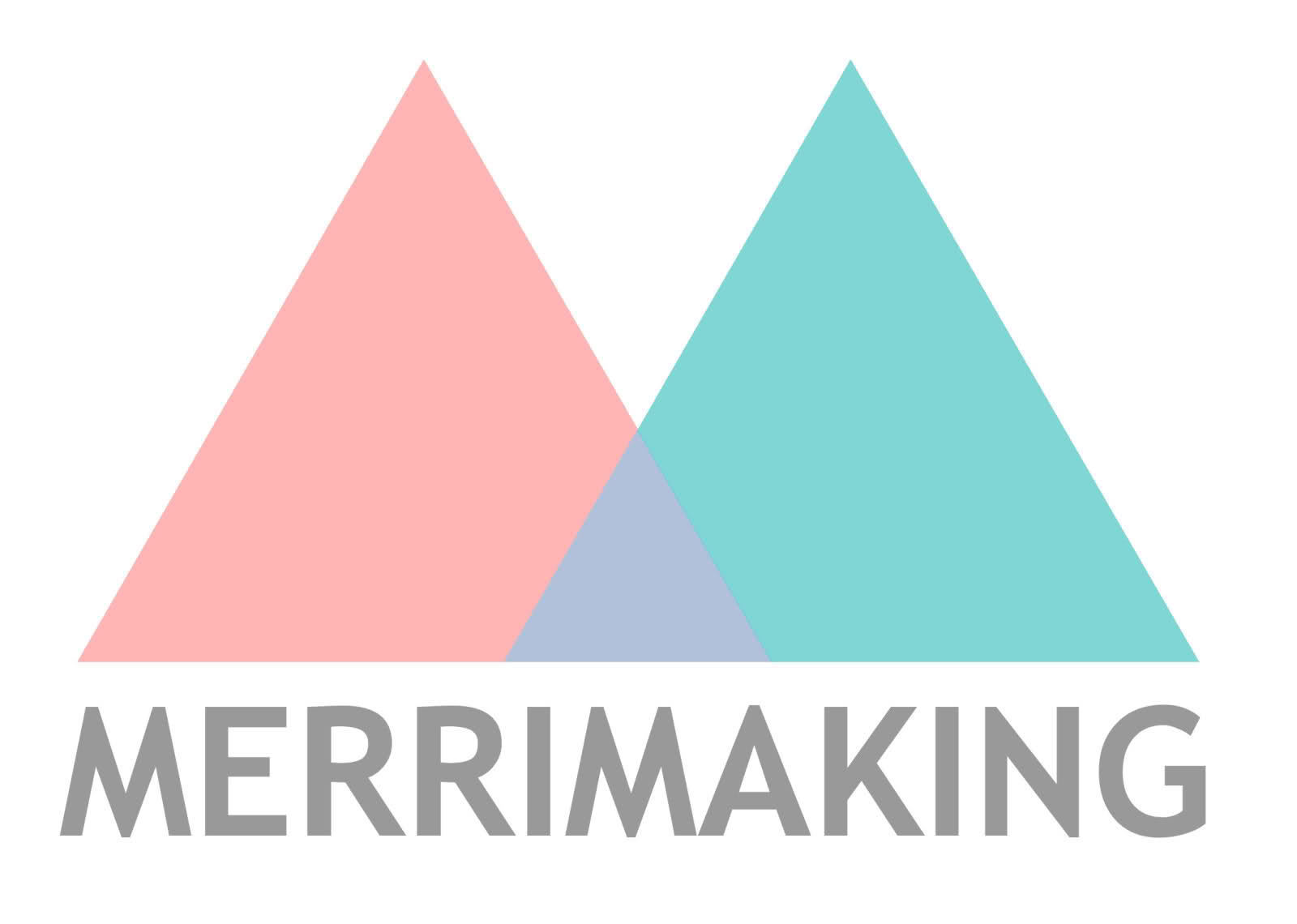New Favourite Band: Tearist
Yasmine Kittles and William Stangeland-Menchaca are a Los Angeles based duo. But don’t be fooled, their sound is far from the sandy shores and Hollywood boulevards that this Californian city might initially conjure up. The songs are steely and experimental, with obscure tones and vocal styles, but not in the Bjork sense… these are actual songs (oh me, how I wish Bjork would do those again). Their first full-length “Living: 2009-Present” was released in 2011, but they have big plans for future recordings, as Balladette Tess Duncan found out.
Tess Ballad: What drew you to create a more natural, less edited record with “Living: 2009-Present”?
William: I’ve always been drawn to demo recordings of bands I like, and live records, really try to get the raw sound. We just wanted to present ourselves as ourselves in the purest form. I know it’s not what most people like and it’s not for everyone, but it’s what I appreciate. When I find a band I like I try to dig up all the weird, obscure sound recordings and demos. That’s just the way I am. I wanted to be able to present that to people that may feel the same way about that as us.
B: I know your live performance is extremely important to Tearist as a band. Would call what you do performance art? How does art play into your performance?
W: Yeah, that’s definitely the way Yasmine and I approach it.
B: What is the audience reaction typically like at your shows? Or is it very different every time?
W: It’s really different every time. It depends on where we are. Here in the States it’ll usually be like, “What the hell is going on? What do I do?” There will be some people nodding their heads, some people dancing, some people just standing there staring. A lot of staring! In Europe we noticed when we played in Dublin and in London people were really on the same level as us. They were treating it as music and moving and dancing and stuff. When we played the Old Blue Last [in London] it was really packed and it was a really good gig. When we play here [in the U.S.] it’s very different. Although I don’t know if it has to do with Los Angeles. It seems like the toughest crowd. Not that we’re trying to make people dance, but it’s cool when they do. We’ve only been to about 10 cities in the U.S. and it’s similar all around. When we go to a place where we have a lot of friends, it’s always better and there’s more energy.
Take a look listen right here:
B: Tearist’s sound is indescribable and without precedent. Are there any bands out there that you would compare yourself to?
W: Not really. That’s what we’re trying to do. That’s a huge compliment, to not sound like anything and be completely unique. We definitely have influences. Most of the bands we like or that we’ve talked about in depth have been other bands like that, who didn’t have any influences or precedence. So that’s kind of what we want to be as well. Einstruzende Neubauten is one. They’re a German band and they’re a really interesting band to me. I’d heard of them on the periphery and I never really got into them and still to this day I don’t know a lot of their material. I just feel a certain connection to them. I don’t have to listen I just know there’s something innate about it that I relate with on a very deep level.
B: If not, was that intentional?
W: We didn’t talk about it like, “We want it to be indescribable.” It’s like a total progression, even now it’s still changing. And that’s also the whole reason we did the live record, to show the songs in their infancy. That whole thing was recorded in our first year of playing shows together. If you were to go to a show now and hear one of those songs it would probably sound really different. When we came up with a basic, general idea of how we wanted it to sound we realized it was not sounding like anything we’d heard. That was when we knew, “Okay this is what we’re doing. This is what we have to do.” And that’s another point we make with our live performances. We don’t use prerecorded tracks and stuff so it’s a unique experience every time.
B: Why do you choose to incorporate pieces of metal into your music?
W: The pieces Yasmine started using were pieces of metal laying around that I’d been messing around with before we’d met. Shortly after we started playing I just brought them out and gave them to her, and said, “You should use these.” We’ve gone to places, especially somewhere outside of the city, where there are abandoned buildings, warehouses, and junk lying out in yards. We’ve found things, even really close to where we’re playing. It’s not like we have to ask like, “Where’s the nearest junk shop?” It’s more organic. We’ve used just any scrap metal, drums, and containers. It’s a great contrast with the electronic music, which is usually thought of as clean and very rhythmic, because then you have the metal which is jagged and percussive. I think we both like contrast.
B: What are you guys working on now?
W: We’re working on a 12” record coming out really soon. We’ve also got a bunch of more stuff we’ve been recording every time we go out to New York. So we’ll have a few different things coming out in the next 6 months.
Take a listen to Tearist at http://tearist.bandcamp.com/album/tearist
Popular choices
- Casinos Not On Gamstop
- Non Gamstop Casinos
- Non Gamstop Casinos
- Casino Not On Gamstop
- UK Online Casinos Not On Gamstop
- Casino Sites Not On Gamstop
- Best Non Gamstop Casinos UK 2025
- Non Gamstop Casino Sites UK
- Slots Not On Gamstop
- Non Gamstop Casino Sites UK
- Non Gamstop Casinos
- Slots Not On Gamstop
- Sites Not On Gamstop
- Best Paying Slot Sites UK
- UK Casinos Not On Gamstop
- Casino Sites UK Not On Gamstop
- Non Gamstop Casino UK
- UK Casino Not On Gamstop
- Casinos Not On Gamstop
- UK Casino Sites Not On Gamstop
- Brand New Casinos Not On Gamstop
- UK Casino Not On Gamstop






